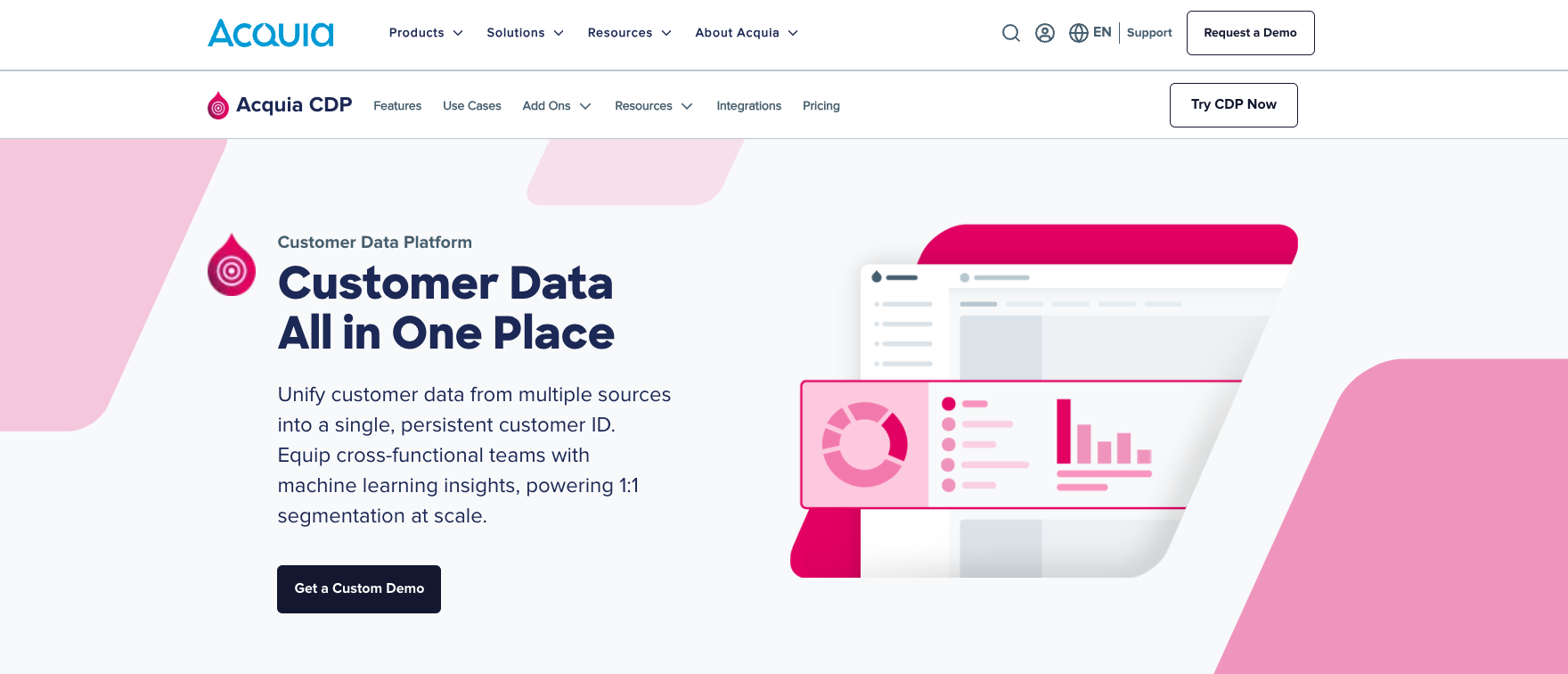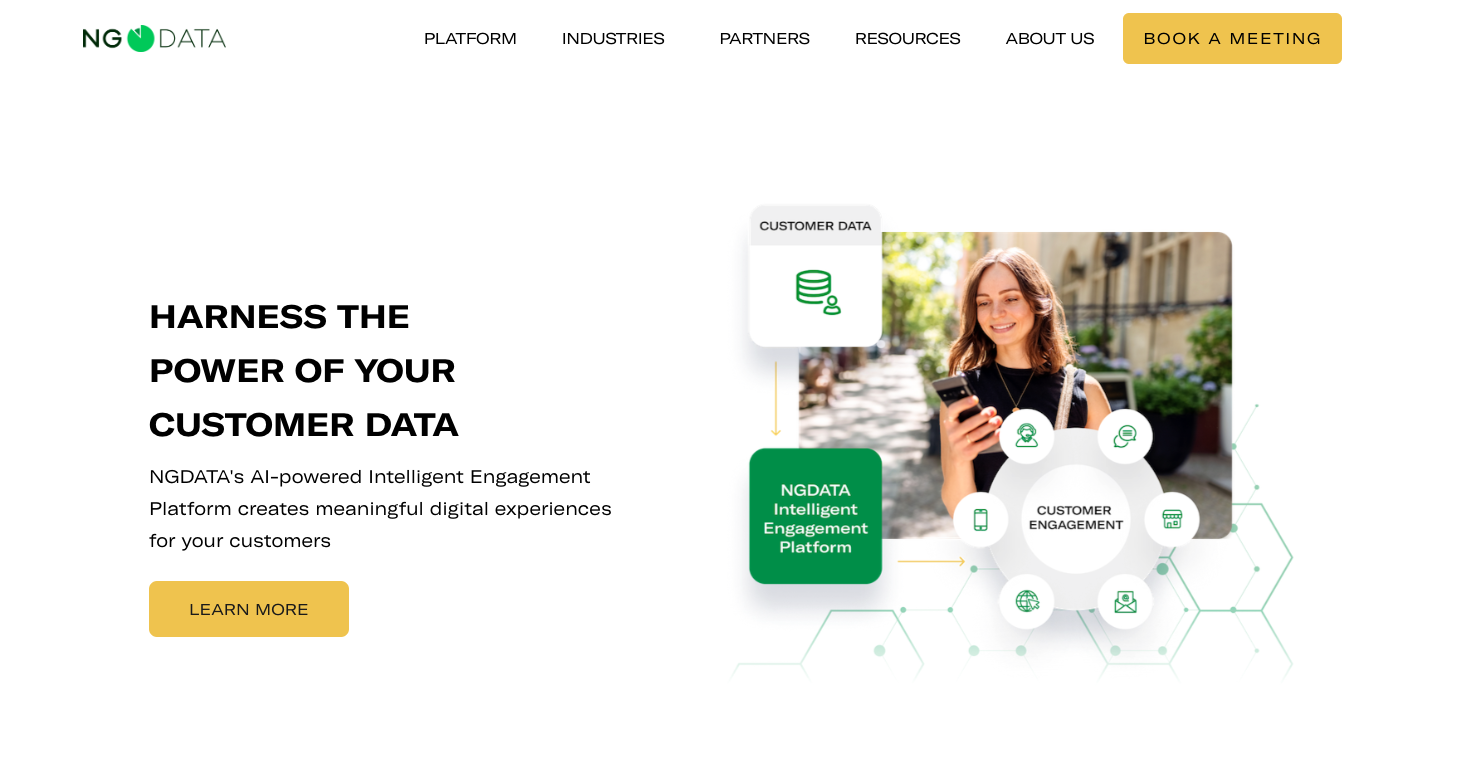In the high-stakes game of B2B marketing, the most skilled players don’t just tout their own strengths – they set traps for the competition. Savvy marketers know how to shape the narrative around buyer needs in a way that inevitably leads prospects to see their solution as the only viable choice.
Here’s how to set killer traps in your marketing.
Bottling the Bob magic
A B2B tech scaleup Blue Seedling worked with was getting destroyed by the competition.
The company had launched a category-defining innovation years earlier. But competitors were catching up – and the company’s win rate in head-to-head deals was plummeting. Competitors were sensing blood in the water and getting more aggressive in deals.
The sales team was dejected. They dreaded the question, “How do you compare to [competitor]?” and bent over backwards to avoid head-to-head comparisons.
But there was one salesperson, let’s call him Bob, who consistently won all of his deals against the competition. Literally every single one.
Bob was a company hero, but nobody could replicate his success – it wasn’t obvious what he was doing differently. He wasn’t particularly charismatic or good at small talk. His sales calls sounded like everyone else’s. His demos looked like everyone else’s.
One day I joined Bob on a preliminary qualification call with a prospect, and that’s where I saw the magic.
Bob mentioned the competition. By name. Without being prompted.
WTF.
“If you’re evaluating us, you’re probably also looking at competitors [x, y, and z],” said Bob. “That’s good – you should do your homework to make sure we’re the best fit. But here are some things you should know going into those conversations – and some questions to ask them.”
Bob was a genius. And there’s a lesson for all of us about competitive strategy.
Setting traps for the competition
With approximately 15 gazillion SaaS offerings (and counting), the major challenge you face as an enterprise B2B company is winning mindshare with your prospects. This almost always comes down to being different. What sets you apart?
(Check out other things we’ve written about competitive strategy here and here, and brush up on differentiation hacks here.)
The problem is that most companies focus way too much on acknowledging the pain points of prospects and talking about the value of their solution – rather than clearly articulating why they’re unique.
Consider a few vendors in the hyper-crowded customer data platform (CDP) space. As a buyer, would you have any idea what makes one different from the other?



This is why the best salespeople, like Bob, are skilled at setting traps for the competition in their sales conversations.
Let’s say that you’re an HR platform. What makes you unique? Well, you specialize in the needs of the retail industry (which has a lot of seasonal workers). You offer an integration to Slack. And you’re SOC 2 type 2 certified.
Examples of trap-setting questions a salesperson might ask:
- How important is it for you to work with a platform that’s built specifically for the needs of your industry?
- How helpful would it be to be able to get your work done in the tools you already use (like Slack) as opposed to toggling between tabs?
- What would be the consequences of a breach of your sensitive employee data?
You get the idea. You’ve primed the prospect to draw a direct line from their needs and preferences to capabilities that only you can offer. And without mentioning the competition, you’ve put them all on the defensive – by defining the “rules of engagement” for the prospect’s whole buying journey.
What this means for marketing
As marketers, we can learn from what Bob did in his discovery call.
Note that we’re not talking about conquesting (the practice of deliberately trying to steal traffic and buyers from your competitors). Rather, we’re talking about using marketing to systematically tilt the playing field in your favor against the competition – so that prospects think of you as the only solution that can meet their needs.
Here are three ideas for setting traps in your marketing:
#1: Build campaigns around your uniqueness
Marketing represents your opportunity to shape the buyer’s perception of your category before you ever get on the phone with them. What do you want buyers to believe are must-have capabilities? Make these the cornerstone of your next marketing campaign.
Digital product analytics provider Heap, for example, has historically offered a more robust approach to data governance than its competitors. But data governance was long seen as the territory of IT teams – not hands-on-keyboard analytics folks and product managers.
So Heap created a brilliant marketing campaign around why data governance should be a hair-on-fire concern for its buyers – including this landing page with a phenomenal video and white paper. Suddenly, their prospects started asking the competition about their approach to data governance.
Bingo. Trap, laid.
#2: Assume your prospects are doing their research
You might hope that your prospects aren’t talking to anyone else. But… they are. Plan accordingly. This means taking control of the conversation where your customers are having it:
- When they search for competitive alternatives > Invest in building out thoughtful, high-quality competitive landing pages (like this one from CRM vendor Pipedrive). An effective competitive landing page is more than just a feature comparison checklist – it’s an exercise in storytelling, complete with case studies and multiple forms of social proof.
- When they visit dedicated vendor comparison resources > Make sure that your listings on sites like G2, Capterra, and TrustRadius are accurate and up-to-date.
#3: Make it easy for buyers
Don’t make your buyers guess why your solution is a better fit for them. Give them shortcuts to understand – and communicate to others in their organization – why your solution is the perfect fit for their needs.
The classic example is a company providing a prospect with a request for proposal (RFP) template (as customer data platform Amperity does here). This is basically an opportunity for a vendor to grade its own homework. But it can also help a prospect make sense of a complicated category… which is why it works.
Here’s the key: even marketing with an obvious vendor bias can deliver genuine value to buyers. It helps them navigate a complicated marketplace. It gives them clear evaluation criteria for understanding the tradeoff between different solutions.
Our favorite example? The buyer’s guide. It can go by different names (the practical guide, the ultimate guide), but in every case it’s designed to educate prospects about a category of technology – and steer them towards “must-have” capabilities that align with a particular vendor’s strengths.
Some of our favorite examples that we’ve worked on:
- The Practical Guide to Internal Developer Portals from Port
- The Ultimate Guide to Securing App-to-App Integrations from Astrix Security
- The CISO’s Buyer Guide: Navigating Cloud Data Protection Solutions from Dig Security
(Incidentally, these types of resources are phenomenal for SEO and tend to be among a brand’s most trafficked and downloaded.)
The bottom line
In today’s saturated market, it’s not enough to be better – you have to be different. And the most successful companies leverage their marketing to set traps for the competition, steering prospects towards the things that only they can deliver.
So let’s all channel our inner Bob. The best traps are the ones your competitors won’t see coming.








